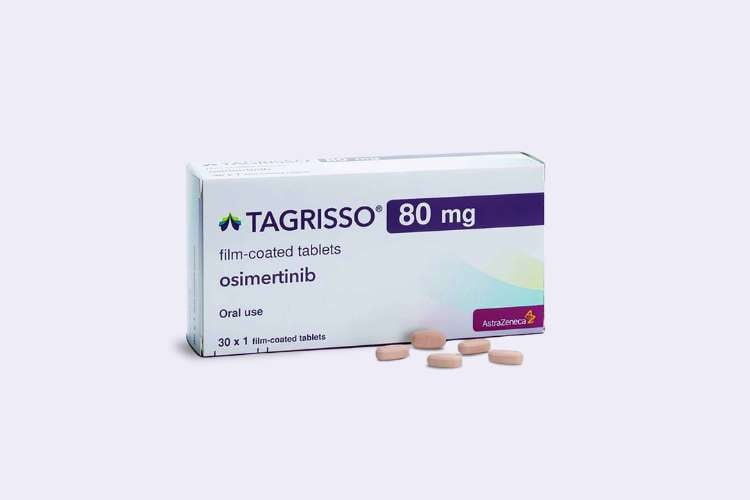Against the formidable challenge of non-small cell lung cancer (NSCLC), AstraZeneca’s Tagrisso (osimertinib), when partnered with chemotherapy, has unveiled remarkable benefits. The FLAURA2 Phase III trial reveals that this combination doesn’t just outdo Tagrisso as a standalone; it significantly bolsters the progression-free survival (PFS) of patients grappling with advanced or metastatic EGFR-mutated NSCLC.
This breakthrough was recently spotlighted in a grand Presidential Symposium during the International Association for the Study of Lung Cancer (IASLC) 2023 World Conference on Lung Cancer (WCLC), bringing hope to countless affected by this variant of cancer.
Breaking down the numbers, the incorporation of chemotherapy alongside Tagrisso reduced disease progression or fatality risks by a staggering 38% compared to using Tagrisso solo, a finding supported by a compelling hazard ratio of 0.62. Further, the combined approach elongated the median PFS by an encouraging 8.8 months against its single-agent counterpart. When evaluated by a blinded independent review, this PFS extension reached 9.5 months. Remarkably, such benefits weren’t limited to specific patient groups but resonated across diverse demographics, be it gender, ethnicity, mutation type, diagnosis age, smoking history, or the initial status of CNS metastases.
While the trial’s overall survival data remains in its infancy, early signs point towards an advantageous tilt for the combined therapy of Tagrisso and chemotherapy.
Summary of results: FLAURA2
| PFS by INV | PFS by BICR | |||
| Tagrisso plus chemotherapy(n=279) | Tagrisso monotherapy(n=278) | Tagrisso plus chemotherapy(n=279) | Tagrisso monotherapy(n=278) | |
| Median PFS (in months)i | 25.5(24.7, NCii) | 16.7(14.1, 21.3) | 29.4(25.1, NCii) | 19.9(16.6, 25.3) |
| Hazard ratio (95% CI) | 0.62 (0.49-0.79) | 0.62 (0.48-0.80) | ||
| p-value | <0.0001 | 0.0002 | ||
| Data maturity | 51% | 43% | ||
| i. Data cut-off date was 3 April 2023. ii. NC: Not calculable | ||||
Safety remains paramount, and here too, the trial offers optimism. Both treatment regimens — combined and solo — stayed true to their known safety profiles. Adverse events, always a concern in potent treatments, appeared with expected frequencies. Those of Grade 3 or above were noted in 64% of patients under the combined regimen and 27% for those on Tagrisso alone. Yet, reassuringly, no novel safety alarms surfaced.
Official Statement
“Patients received nearly nine additional months before their EGFR-mutated non-small cell lung cancer progressed as a result of the addition of chemotherapy to standard-of-care osimertinib, building on the strong efficacy we have already seen with osimertinib monotherapy. With these convincing data, patients may soon have a choice of two highly effective osimertinib-based treatment options in this advanced disease setting.”
– Pasi A. Jänne, MD, PhD, medical oncologist at Dana-Farber Cancer Institute and principal investigator for the FLAURA2 trial
“The compelling FLAURA2 results add to the extensive evidence supporting Tagrisso as the backbone therapy in EGFR-mutated non-small cell lung cancer and establish a new benchmark for progression-free survival in this setting. We look forward to bringing this potential treatment regimen to patients with advanced lung cancer to further delay disease progression, especially for patients with the greatest unmet need including those with central nervous system metastasis at diagnosis.”
– Susan Galbraith, Executive Vice President, Oncology R&D, AstraZeneca





























